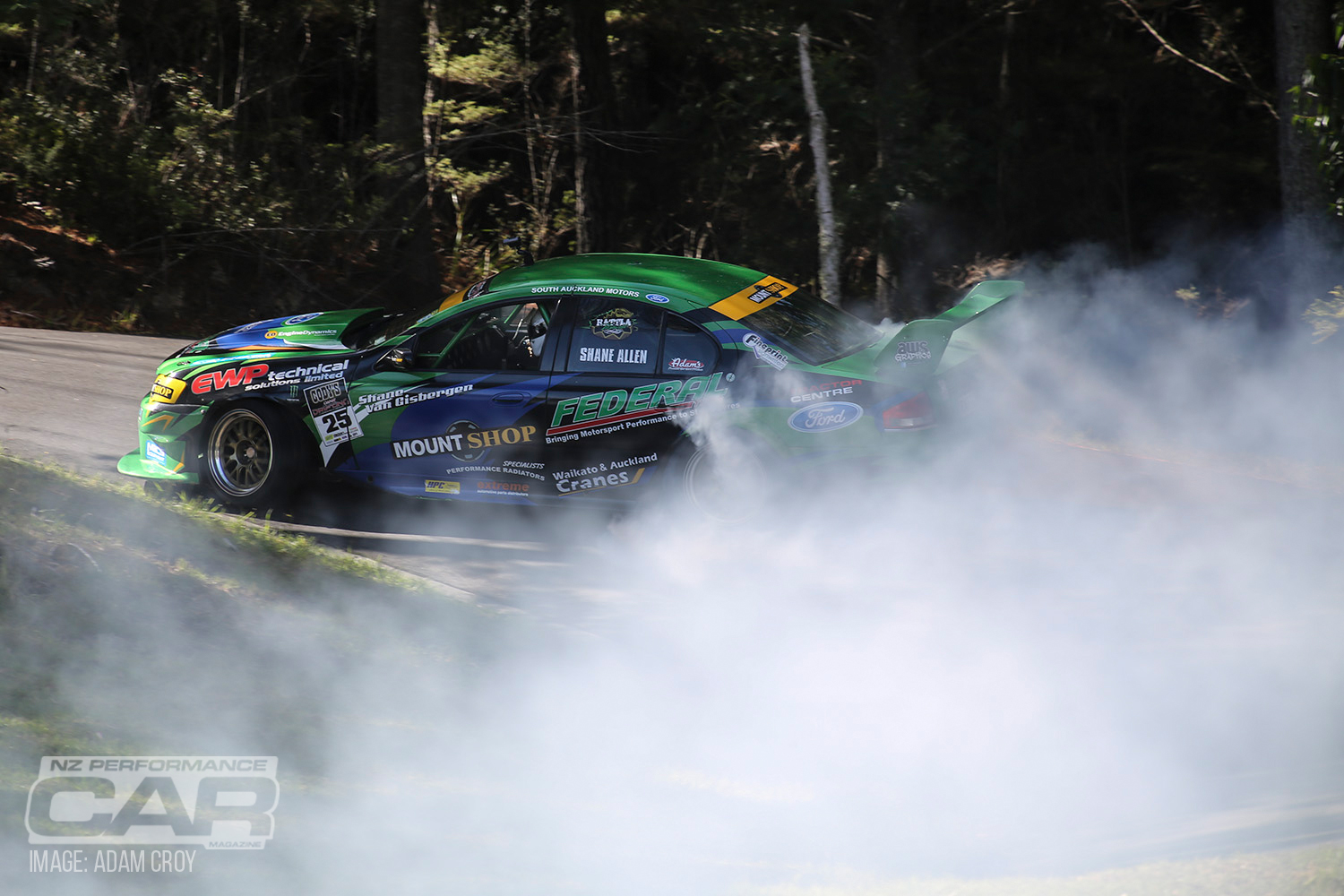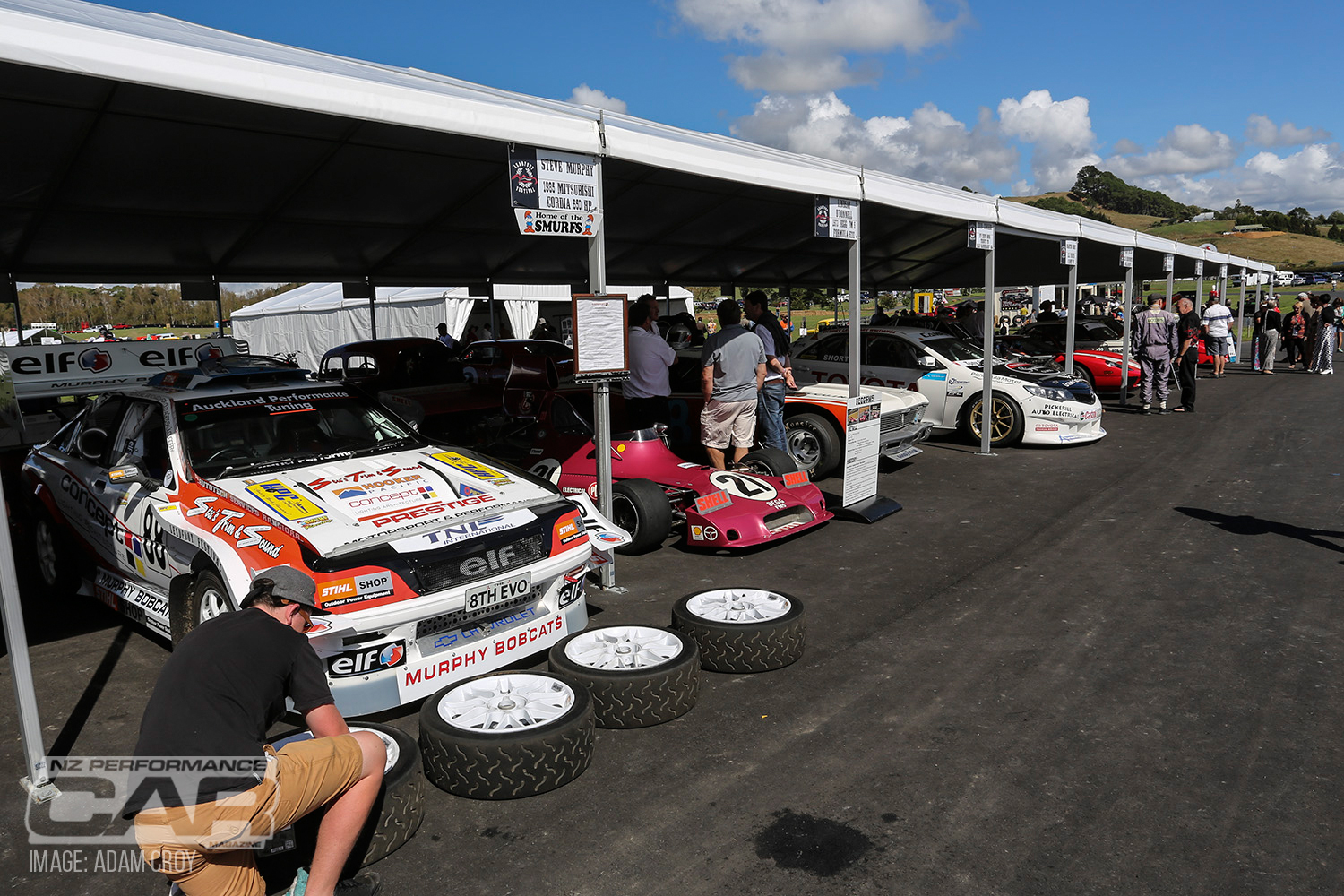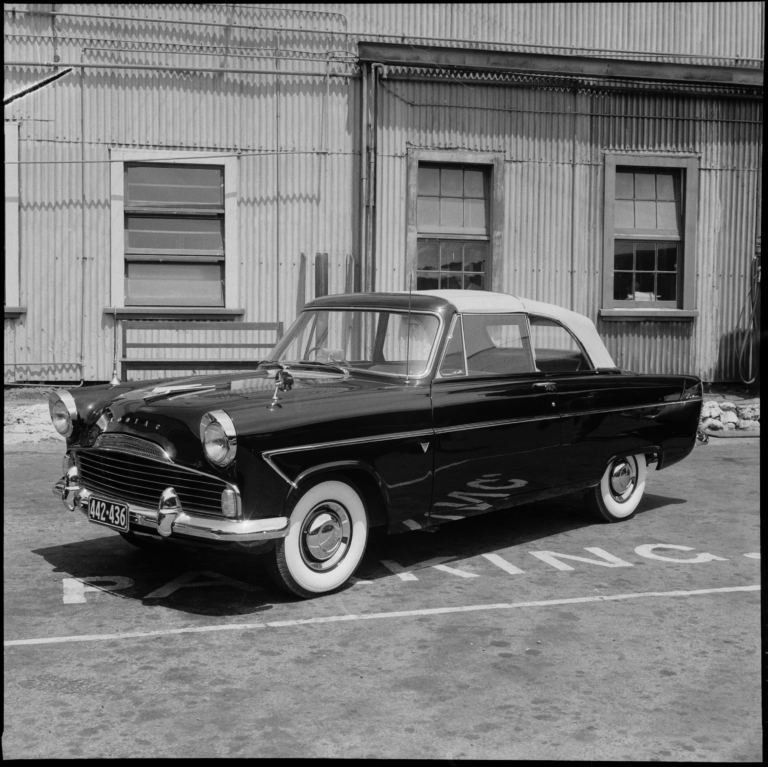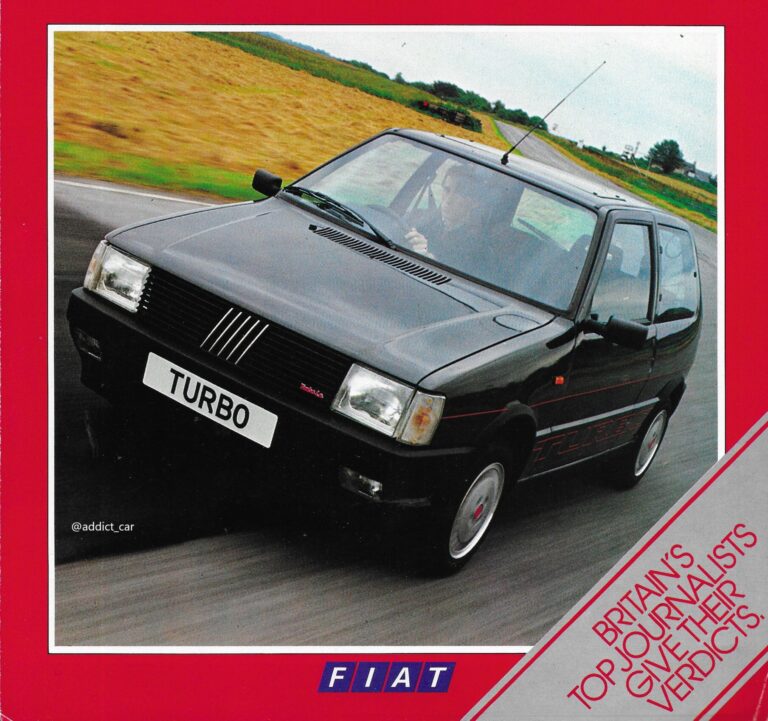Leadfoot Festival is one of the country’s most anticipated motorsport events, and it only happens every second year. Hosted at Rod Millen’s iconic ranch in Hahei, the event is like no other. Rod’s driveway was designed with one purpose in mind only — driving as fast as is humanly possible.

It is this driveway that plays the part of racetrack for the event, winding its way through a section of the 60.7-hectare estate. If you’re not in the driver’s seat, it doesn’t particularly matter where you choose to view the racing from, as every spot has its own unique view.

As far as the driving talent is concerned, Rod personally selects each driver for the three-day competition, ensuring only the best get to compete and entertain. Leadfoot 2015 will see the launch of new areas and exciting activities. The newly built open-air amphitheatre will host a live concert on both Friday and Saturday nights.

Leadfoot Festival is a one-of-a-kind experience for all, featuring unparalleled access to the competitors, pits, and race cars. This is one event that we at NZPC look forward to every year, and with some of the most exciting cars and racing action on display, you don’t want to miss out.

Where else in New Zealand can you see this much motorsport history and prestige in one place, over one weekend? Tickets are now on sale, and you can find more info on leadfootfestival.com.



